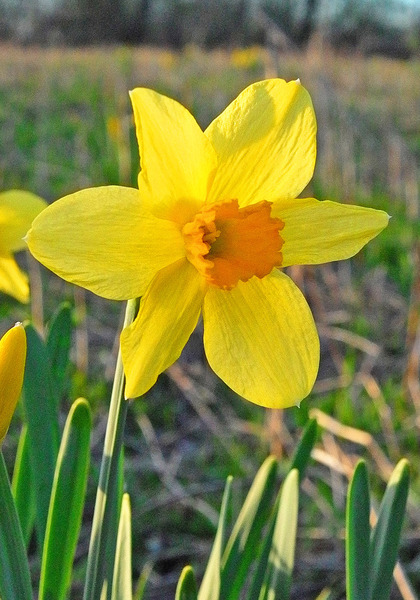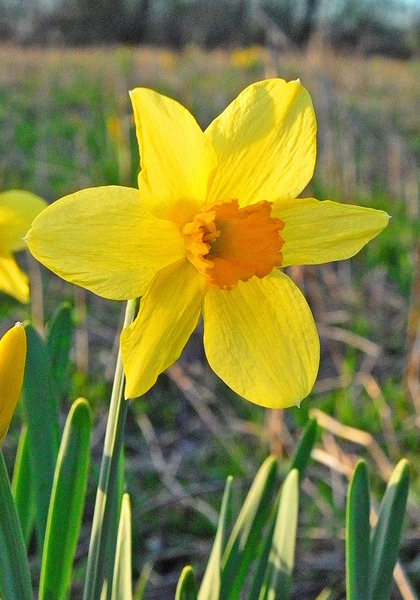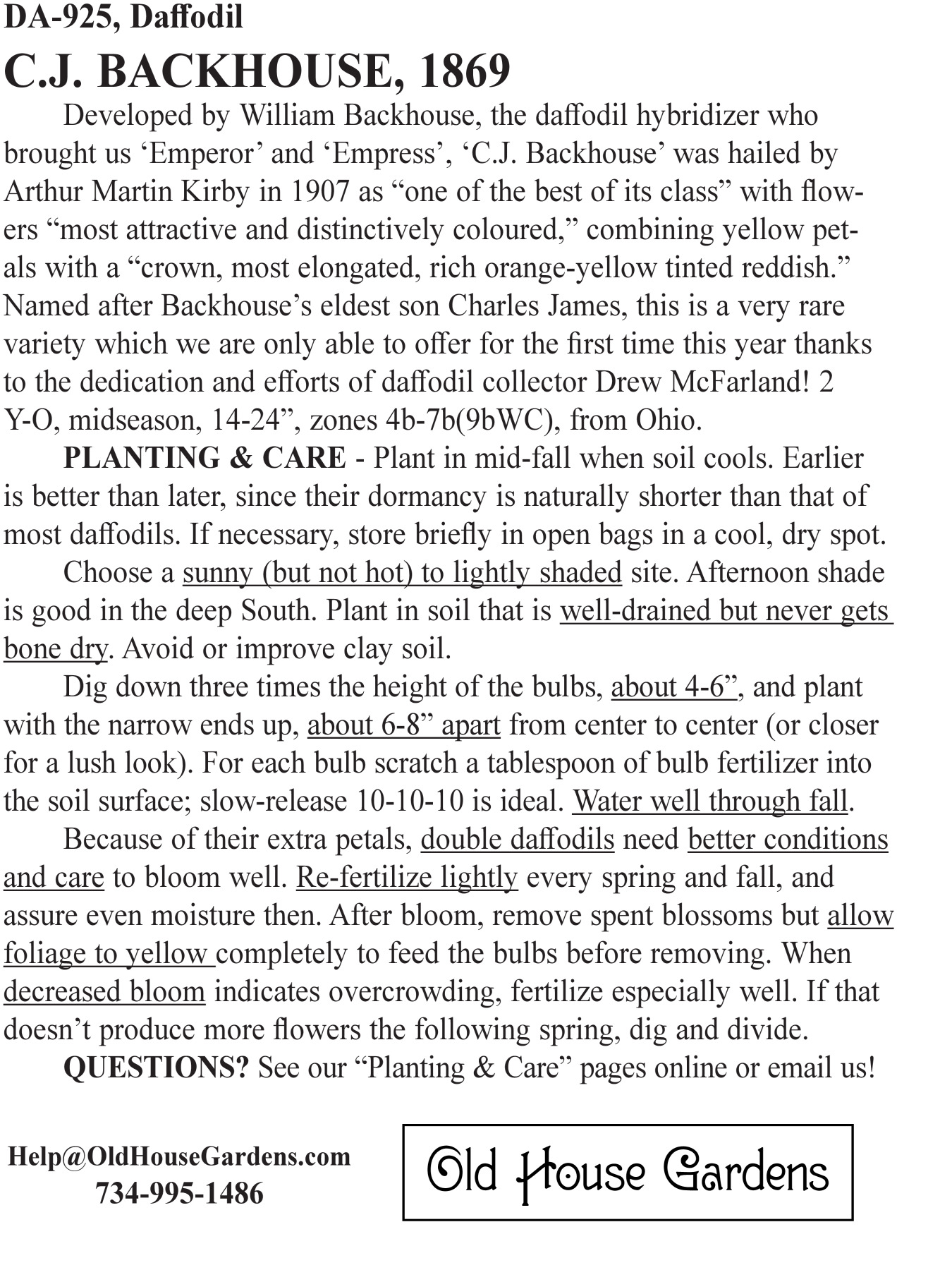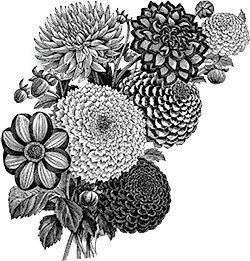Rarest & New
|

 
|
|
Developed by William Backhouse (1807-1869), the British banker and daffodil hybridizer who brought us ‘Emperor’ and ‘Empress’, ‘C.J. Backhouse’ was hailed by Arthur Martin Kirby in 1907 as “one of the best of its class” with flowers “most attractive and distinctively coloured,” combining yellow petals with a “crown, most elongated, rich orange-yellow tinted reddish.” Backhouse must have prized it as well, for sometime before he died in 1869 he named it after his eldest son Charles James. (And if you’re wondering, ‘Mrs. R.O. Backhouse’ was bred by Sarah Dodgson who married one of William’s younger sons, Robert Ormston Backhouse.) This is a very rare variety which we are only able to offer for the first time this year thanks to the dedication and efforts of daffodil collector Drew McFarland! 2 Y-O (Large-Cup), midseason, 14-24”, zones 4b-7b(9bWC), from Ohio.
SOLD OUT
|
|
TYPE 2/large cup SUB TYPE Division 2, large cup ZONES 4b-7b(9bWC) HEIGHT 12-24” BLOOM SEASONS late-mid SOURCE Ohio, Michigan, America LIGHT full sun, half sun, light shade |
PLANTING & CAREPlant in mid-fall when soil cools; earlier is better than later. If necessary, store till then in open bags in a cool, dry spot. Choose a sunny to lightly shaded site. Full sun is best in the North, but the further South you garden, the more shade you can give them. (You’ll find additional expert advice for growing daffodils where winters are warm in our “Daffodils for the South and Warm West.”) Plant in well-drained soil. Avoid or improve clay soil, or grow in raised beds. Dig down three times the height of the bulbs, about 6-8 inches for standard varieties, 4-6 for smaller varieties such as ‘W.P. Milner’, and plant with the narrow ends up, about 6 inches apart from center to center (or closer for a lush look). For each bulb scratch a tablespoon of bulb fertilizer into the surface (slow-release 10-10-10 is ideal). Water, and keep moist through the fall while the bulbs are growing new roots, through the winter if the soil doesn’t freeze, and through the spring at least till blooming is finished. Re-fertilize lightly every spring and fall. After bloom, remove the spent blossoms but allow foliage to yellow completely (to feed the bulbs for next year’s bloom) before removing it. IN THE SOUTH, keep soil dry when soil warms up after blooming and through the summer to avoid disease problems. Deer, rodents, and most other pests leave daffodils alone, but if some of yours mysteriously fail to appear in the spring, visit our Daffodil Bulb Fly page to learn about the likely culprit. With good care daffodils will multiply, making an increasingly beautiful display every year. When decreased bloom indicates overcrowding, dig and divide after foliage yellows. Tazetta narcissus are almost as easy to force as their cousins, paperwhites. For simple how-to, see our Forcing Bulbs page. Learn more about growing and enjoying daffodils at our Daffodils Newsletter Archives and Bulbs as Cut-Flowers page. |

|
SPRING
|
· |
SUMMER
|
· |
FALL
|
· |
LEARN MORE
|
· |
ORDERING
|

|










